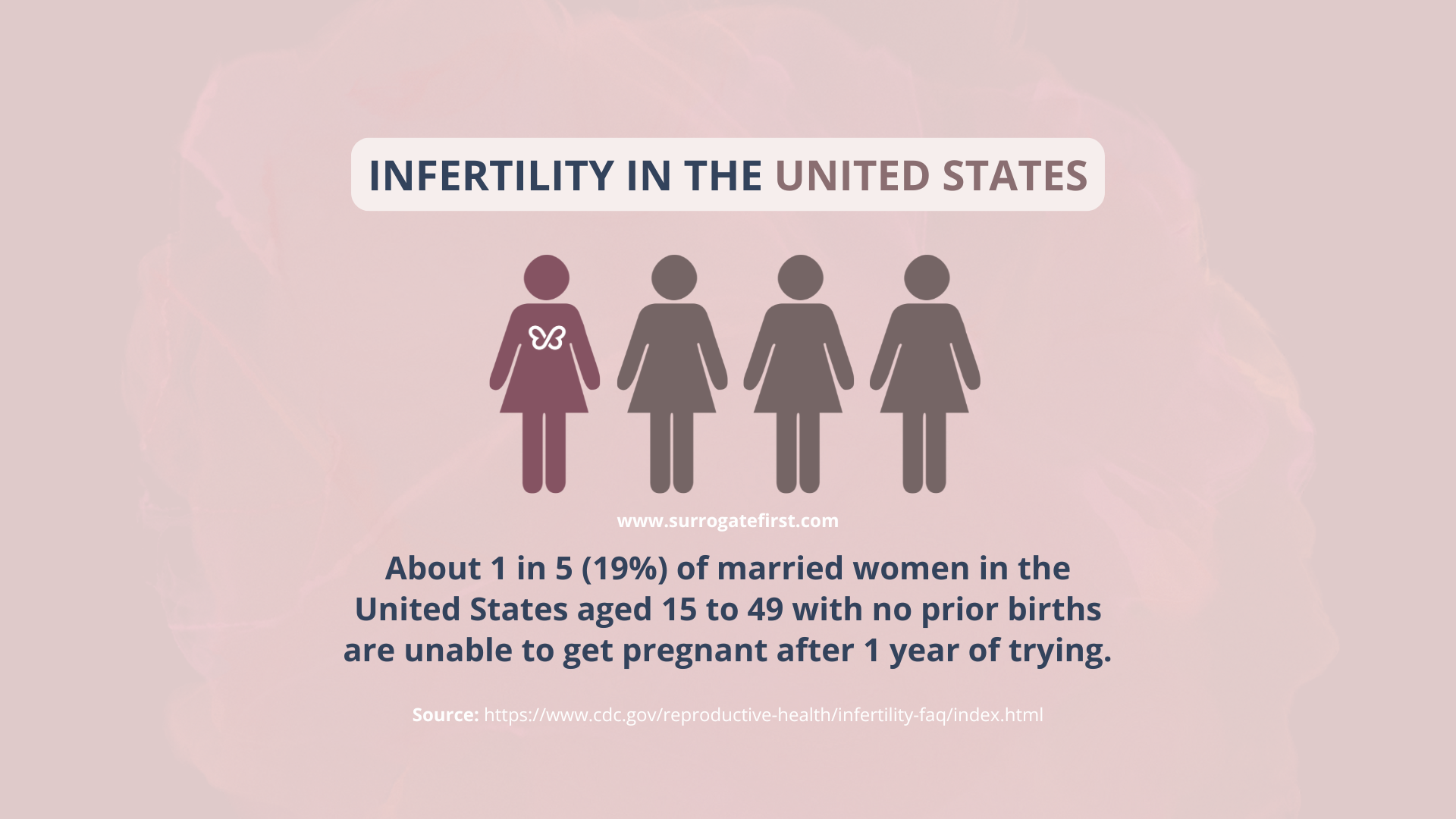Introduction
Infertility is one of the most difficult challenges a family can face. The longing for a child, paired with the uncertainty of treatment, can take an emotional and physical toll. But infertility does not mean the end of the dream. Advances in reproductive medicine now provide many paths to parenthood, and for some, surrogacy becomes the answer that turns heartbreak into hope.
This article explores infertility awareness, who is most affected, available treatment options, and how surrogacy can help families move forward when other doors seem closed.
Infertility Awareness
Infertility is defined as the inability to achieve pregnancy after 12 months of regular, unprotected intercourse, or after 6 months for women over 35.
What makes infertility so challenging is that it is often invisible. Couples and individuals may look “healthy” while silently struggling. Raising awareness helps break stigma, encourages early medical evaluation, and reassures people that they are not alone.
About Infertility
Infertility can be caused by medical conditions, genetic factors, lifestyle choices, or sometimes it has no clear explanation. It can be temporary or permanent. Beyond the physical hurdles, infertility takes an emotional toll: feelings of grief, inadequacy, and frustration are common. Seeking professional help early on not only increases the chances of successful treatment but also helps ease the emotional burden by providing answers and options.
Infertility in the U.S.: Who Is Mostly Affected

According to the CDC, about 1 in 5 (19%) of married women in the United States aged 15 to 49 with no prior births are unable to get pregnant after 1 year of trying. About 1 in 4 (26%) of women in this group have difficulty getting pregnant or carrying a pregnancy to term, making it more common than many realize.
Importantly, infertility is not just a women’s issue. Men account for nearly half of infertility cases. Factors like age, overall health, lifestyle habits, and environmental exposure can impact both men and women. These statistics highlight the importance of shared responsibility when seeking evaluation and treatment.
Infertility In Men
According to San Diego Fertility Center’s article, “The Most Common Causes of Infertility and How They Are Treated,” male factor plays a role in about 50 percent of infertility cases. (San Diego Fertility Center) This means infertility is not solely a women’s issue, and evaluating both partners is essential in understanding the root causes of infertility.
Male infertility can be linked to low sperm count, poor motility (movement), or blockages that prevent sperm from reaching the egg. Hormonal imbalances and chronic health issues also play a role. Lifestyle factors such as smoking, alcohol use, obesity, or exposure to toxins can worsen the problem.
Treatments range from medication and surgery to assisted reproductive techniques like IVF with ICSI, which injects a single healthy sperm into an egg. Early diagnosis and proper medical evaluation can make a significant difference in treatment success.
Infertility In Women
San Diego Fertility Center’s article, “The Most Common Causes of Infertility and How They Are Treated,” explains that female infertility is most commonly caused by ovulation disorders such as polycystic ovary syndrome (PCOS), blocked fallopian tubes, endometriosis, and age-related egg decline. (San Diego Fertility Center) These conditions can interfere with ovulation, fertilization, or implantation, making it more difficult to conceive naturally.Uterine abnormalities may also affect implantation.
Treatments vary from ovulation-inducing medication to surgery, or assisted reproductive options such as IVF. A woman’s fertility naturally declines with age, which is why early evaluation is recommended when pregnancy does not occur within the expected timeframe.
Infertility Journey: Options for Couples and Singles
- Fertility treatments – These include medications to stimulate ovulation, intrauterine insemination (IUI), and in vitro fertilization (IVF). They are usually the first steps in treatment and may be effective for many couples.
- Third-party reproduction – If egg, sperm, or embryo quality is a concern, donation can help. Sperm, egg, or embryo donation allows individuals or couples to move forward with parenthood even when their own gametes are not viable.
- Adoption – Adoption provides a meaningful way to build a family and gives children a loving home. While it may not provide a genetic connection, it is an option many families consider.
- Surrogacy – Surrogacy involves another woman carrying the pregnancy on behalf of the intended parent or parents. This option is especially valuable for those who want a genetic connection to their child but cannot carry a pregnancy themselves.
Learn more about adoption and surrogacy options in our article.
When To Choose Surrogacy
Infertility is one of life’s toughest challenges, but it does not close the door to parenthood. With options ranging from fertility treatments to adoption and surrogacy, there are multiple paths to building a family.
For many, surrogacy provides the chance to hold a child of their own after years of waiting. At SurrogateFirst, we walk beside you every step of the way with compassion, expertise, and dedication to helping families, one blessing at a time.
Learn more about the surrogacy process and explore if this is the right path for you.
Conclusion
Infertility is one of life’s toughest challenges, but it does not close the door to parenthood. With options ranging from fertility treatments to adoption and surrogacy, there are multiple paths to building a family.
For many, surrogacy provides the chance to hold a child of their own after years of waiting. At SurrogateFirst, we walk beside you every step of the way with compassion, expertise, and dedication to helping families, one blessing at a time.
Learn more about the surrogacy process and explore if this is the right path for you.
Why SurrogateFirst?
At SurrogateFirst, we’re more than a matching agency—we’re your support system.
- Compassionate, personalized matching
- 24/7 access to dedicated case managers
- Legal and medical coordination
- Transparent pricing
- Emotional support for surrogates and for intended parents alike





